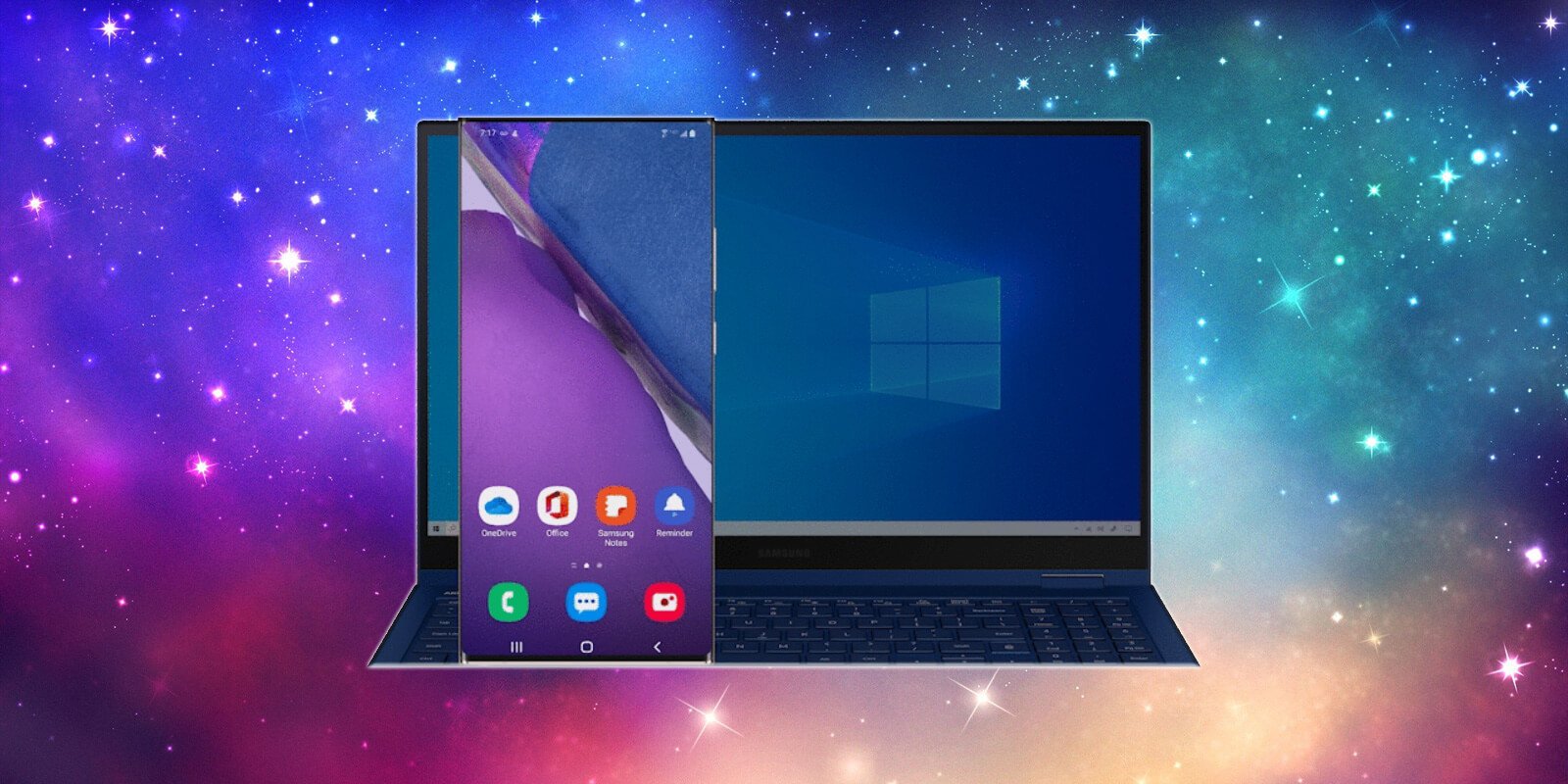
- #Exif app for windows 10 how to
- #Exif app for windows 10 full
- #Exif app for windows 10 iso
- #Exif app for windows 10 windows
Then select the items you want to remove individually or click Select All to remove all items, before hitting OK. If you’d rather not make a copy and simply scrub the file, choose Remove the following properties from this file in step 3. The original file will remain intact on your computer. Note that this option will create a copy of the image file with no metadata. Click Create a copy with all possible properties removed.Select Remove Properties and Personal Information.Right-click and select Properties, then Details.Select the file (or files) you wish to delete metadata from.Navigate to the folder holding the images you want to edit.
#Exif app for windows 10 windows
Windows allows you to remove EXIF metadata from single or multiple image files.
#Exif app for windows 10 how to
How to remove image metadata on Windows without an app Note that the steps may vary depending on your specific device model and operating system version. In this section, we’ll reveal how to remove metadata from photos on the most popular operating systems: Windows, MacOS, iOS, and Android. One famous example involved John McAfee (founder of McAfee antivirus) who was tracked down by authorities after an unscrubbed image of him was posted online. Stalkers could determine your whereabouts in real-time and government agencies could track your exact location. See also A Picture is Worth a Thousand Data Points For example, if you frequently post images to social media, then location, date, and time information could help snoopers track where you tend to be on a certain day or at a particular time. While much of this data is fairly harmless, some of it can present privacy risks.
#Exif app for windows 10 iso
Settings such as aperture, shutter speed, and ISO speed.

#Exif app for windows 10 full
If you post that image online as is, snoopers have full access to that data, causing privacy issues for the owner and subjects of the image.

Depending on the device, this could include location coordinates, date, time, device model and manufacturer, and settings used to take the image. It can be useful when EXIF orientation tags are missing for example and you have 100s of images you need to rotate:ĭisclaimer: I use both programs daily: XNView for viewing/organizing images, Batch Image Resizer for bulk image processing.When you take a picture, most digital devices will store at least some metadata (known as EXIF data) connected to that image. It can detect human faces in your photos and automatically rotate images accordingly. If you are not ok with losing any pixels on the edges, and/or want to save results in a different format, or want to perform additional manipulations in an intuitive way (XNView's batch processing is somewhat hard to use IMHO), I recommend Batch Image Resizer, which is a paid app: ĮDIT: The new version of Batch Image Resizer support automatic image rotation based on face recognition. I would recommend XNView: (not XNViewMP) for JPEG lossless rotation (if you are ok with possibly losing a few pixels off the edges, as it is inherent limit of lossless jpeg operations): However I thought that for the benefit of others who might have less stringent requirements, I mention 2 other ways. I am pretty certain there is no way to rotate images based on EXIF info using only standard apps that come with Windows.


 0 kommentar(er)
0 kommentar(er)
